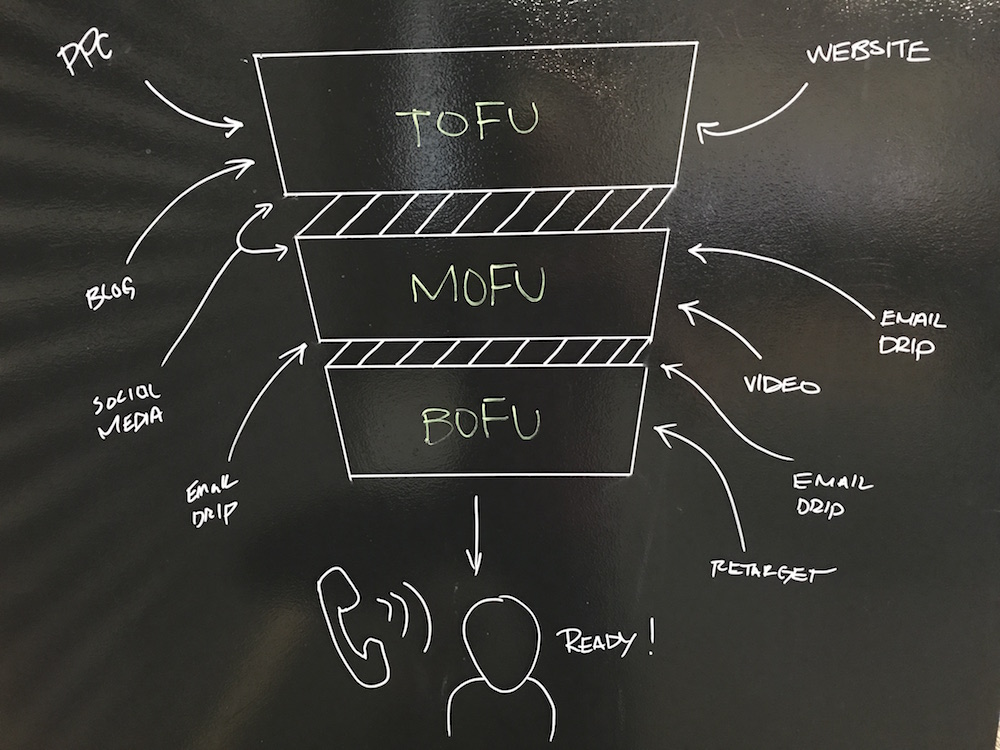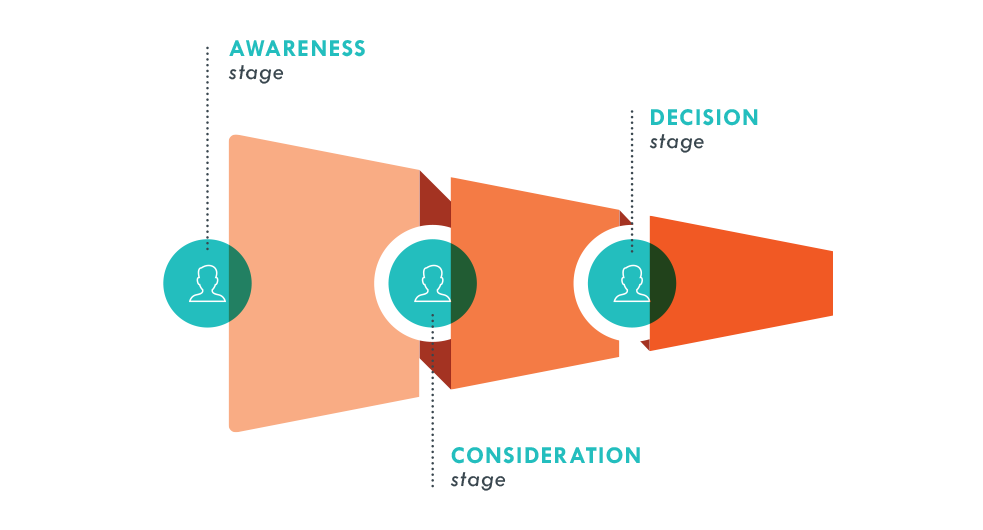The Lowdown on Inbound Marketing
Over the years society has evolved quite a bit. With that change, the way people structure their lives has changed as well. In today’s world people...
I know what I am looking for, and would like to chat.
A team of data-driven marketers obsessed with generating revenue for our clients.
Because the proof is in the pudding.
At Campaign Creators we live by three principles: Autonomy, Mastery, Purpose.

You’ve heard that content marketing is the way of the future; you’ve done your research, and you’re on board. You start blogging, posting to different social media outlets on the regular, and emailing like crazy. Your CMO comes around asking to see your work for the month; you show your blogs, but (in true executive fashion) she/he is looking for numbers.
You start thinking...How do you measure the benefit of content? IS THERE A BENEFIT? For eCommerce marketers, you might wonder how many of these blogs actually drive sales? How much of your content is hitting that ever important revenue target?
All of a sudden, you’re beginning to doubt just how much this “content marketing” thing works. Maybe it’s just not the right marketing tactic for your company or eCommerce business? In this case, I have three things to say to you:
Don’t lose faith. It takes a while to see results.
You need to be strategic in what you’re putting out there.
If you need help with reporting, you need an analytics tool.
It’s perfectly natural to feel like you’re grasping at straws. Nearly half (HALF!) of companies and eCommerce stores currently implementing content marketing report a lack of cohesive strategy. It’s not easy, but if you have the tenacity, you could do wonders for your company’s traffic.
This blog post is part of “Your Definitive Guide to Lead Generation” blog series and the "Your Definitive Guide to eCommerce Marketing" blog series.
Content Marketing is a two-step process: first, create the content, then promote it. It may sound simple, but you’d be amazed at how many people don’t understand the need for that crucial second step. A company that creates little but promotes like gangbusters will perform better than one that produces a ton but doesn’t promote at all. You can have awesome content on your page, but it doesn’t do you any good unless someone sees it.

If you take a look at the diagram above, you’ll see that content is only part of an overall marketing strategy. It’s Owned Media; you own it and can do whatever you want with it. But in today’s SEO landscape, Owned Media is only as good as its network of assets. In other words, that website needs exposure, traffic, and engagement (amongst other things) to validate its importance.
To get the organic traffic you’re looking for, you need to earn it. You could plant a seed and hope it grows; maybe it’ll take, but wouldn’t it be better off if you watered it? If you post a blog on your company page, push it to social. Over time, people will see your content. If it’s valuable, they’ll share it, and your reach will grow.
Anyone that has read this blog knows that Campaign Creators subscribes to the Inbound Marketing Methodology. Unlike traditional advertising that aims to grab attention through paid tactics, inbound attracts customers by providing value. Now, let’s think about that for a second: how does a company provide value, and to whom? Well, if the goal is to increase sales, then The Whom is your ideal customer. They are your target audience, or persona.
These personas will come to your website in various stages of the buyer’s journey. In the Awareness stage, personas may or may not understand their problem; they are simply gathering knowledge. In the Consideration stage, they’re researching a solution. In inbound marketing, you want to nurture that persona. Help them identify their problem, then offer a solution that moves them on to the next phase: the Decision stage.

A good content strategy will appeal to different ideal customers during all of their buyer phases. A blog, for example, is a good way to educate someone in the Consideration stage, whereas someone in the Decision stage will most likely require something more applicable to their situation, like a demo.
But content that doesn’t provide value to the personas isn’t likely to nurture them along their buyer’s journey. Say, for example, that you’re selling an ankle brace; who do you want to target? Athletes that want to reinforce their ankles to guard against injury will have a longer lifetime value than someone with a random sprain. Give the athletes something they want to see to draw them in and entice them to engage with your company. Something specific (like a video on ankle exercises) will appeal to this persona in the Consideration stage, whereas something broad and neutral (like a social media contest for college basketball brackets) may attract during the Awareness stage. If your company is targeting kids and families, however, the content you produce will be drastically different.
If your your marketing department hasn't already laid out target personas, you need to invest the time to research. Targeted marketing is essential to an effective content strategy.
So you’ve created the strategy and the appropriate content. You’ve promoted your content across all channels. How do you prove that your efforts are effective? You could have your sales people ask their customers, but again, it may take months before you’ve nurtured a persona through their entire journey.
To post a blog, you’re most likely using some type of content management system (CMS), like WordPress. Some will have optimization and analysis tools and plugins, but if you’re serious about content marketing, it may be time to consider consolidating.

I've gone the whole WordPress/ Google Analytics/ HootSuite/ Mail Chimp route before; while using a variety of tools can get the job done, using a unified software platform makes content strategy so much easier. Software platforms such as Pardot and HubSpot allow you to automate emails, blogs, social posts and landing pages in a single interface. The benefit of using one publisher for marketing automation is that all tracking is in one place as well. I can compare and contrast social media engagement with blog post popularity and persona engagement to empower adjustments to my marketing strategy. The next time your CMO asks to see your numbers, you'll have it all in one place.
I know that's a lot of information to absorb, especially if you're new to the concept of inbound marketing. If you want to learn more about using content to generate leads for your business, download our free guide Introduction to Lead Generation. It might not make you a pro Inbound Strategist, but it will get you on the path.

Over the years society has evolved quite a bit. With that change, the way people structure their lives has changed as well. In today’s world people...

You probably have heard about the importance of inbound marketing. You may have even began to create content that not only will delight your current...

A content pillar is a broad piece of website content that's comprised of and connected to a series of owned media topic clusters that cover a...